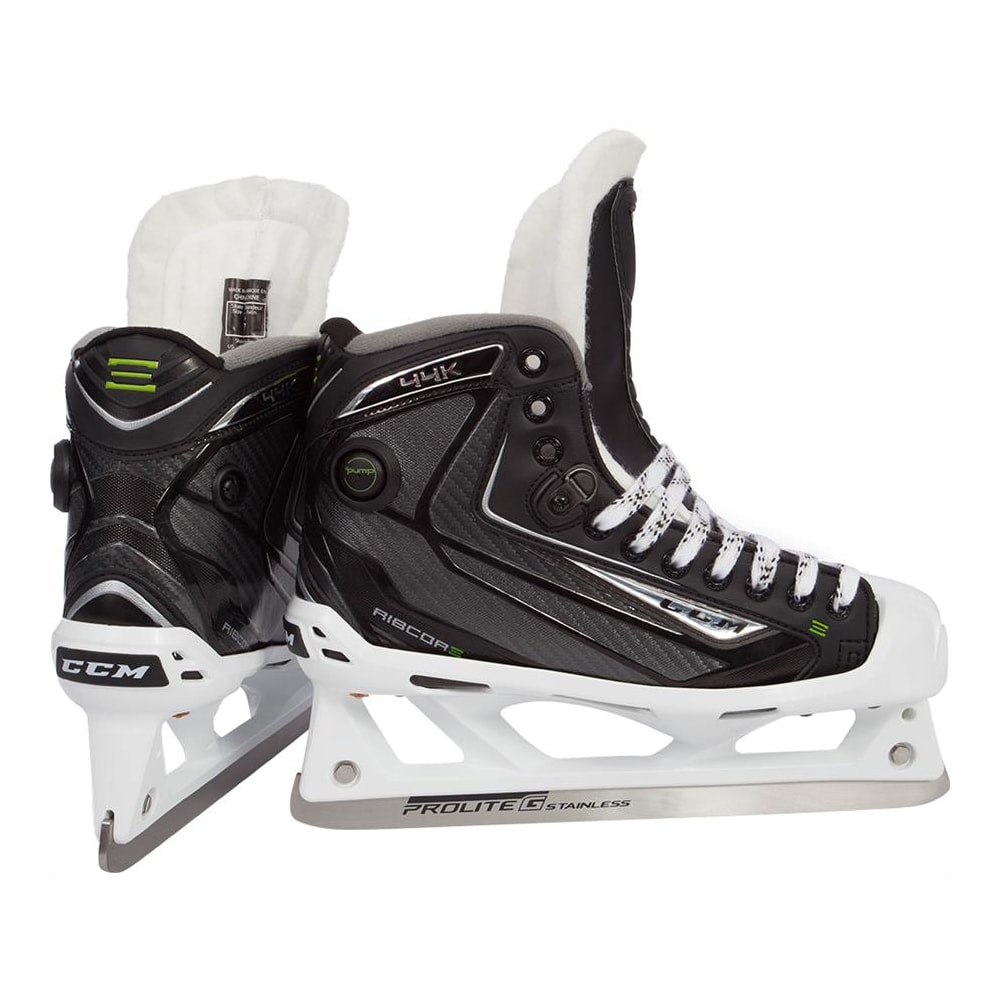tinyzombies
Registered User
[It's actually called the Profly style and consists of Butterfly Slides or Butterfly Pushes, it's not the lateral butterfly.]
Was watching a 2002 game and Bill Clement compliments Jose Theodore on a lateral butterfly save. It's not a full sliding butterfly like they do today because he goes up and down a bit, but it's still an obvious evolution. Question: who is credited with inventing it?
It's leading to injuries and some question the wisdom of having kids do it from a young age:
The most prevalent goaltending style of the past several decades may soon face extinction
"Pioneers of the profly include Canadian coaches François Allaire and Benoit Allaire, and equipment designer Michel Lefebvre of Koho and RBK fame."
Butterfly style
Even though the Allaires were pioneers, it looks like Roy wasn't part of it. Here he is practicing for the alumni game and an obvious butterfly slide situation comes up and he is not able to execute it:
Was watching a 2002 game and Bill Clement compliments Jose Theodore on a lateral butterfly save. It's not a full sliding butterfly like they do today because he goes up and down a bit, but it's still an obvious evolution. Question: who is credited with inventing it?
It's leading to injuries and some question the wisdom of having kids do it from a young age:
The most prevalent goaltending style of the past several decades may soon face extinction
"Pioneers of the profly include Canadian coaches François Allaire and Benoit Allaire, and equipment designer Michel Lefebvre of Koho and RBK fame."
Butterfly style
Even though the Allaires were pioneers, it looks like Roy wasn't part of it. Here he is practicing for the alumni game and an obvious butterfly slide situation comes up and he is not able to execute it:
Last edited:



